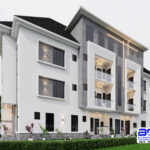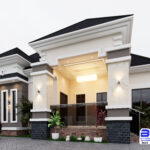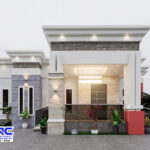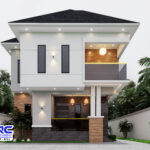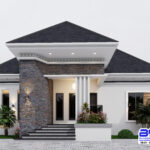In building construction, especially in Nigeria where humidity and rainfall can be intense, protecting your foundation from moisture is crucial.
One of the key areas that must be properly treated is the Damp Proof Course (DPC).
But when it comes to moisture protection, there’s often confusion between two popular methods: damp proofing and waterproofing.
So, which is better for your DPC: damp proofing or waterproofing?
Table of Contents
ToggleSee also – what is dpc meaning in construction and its purpose
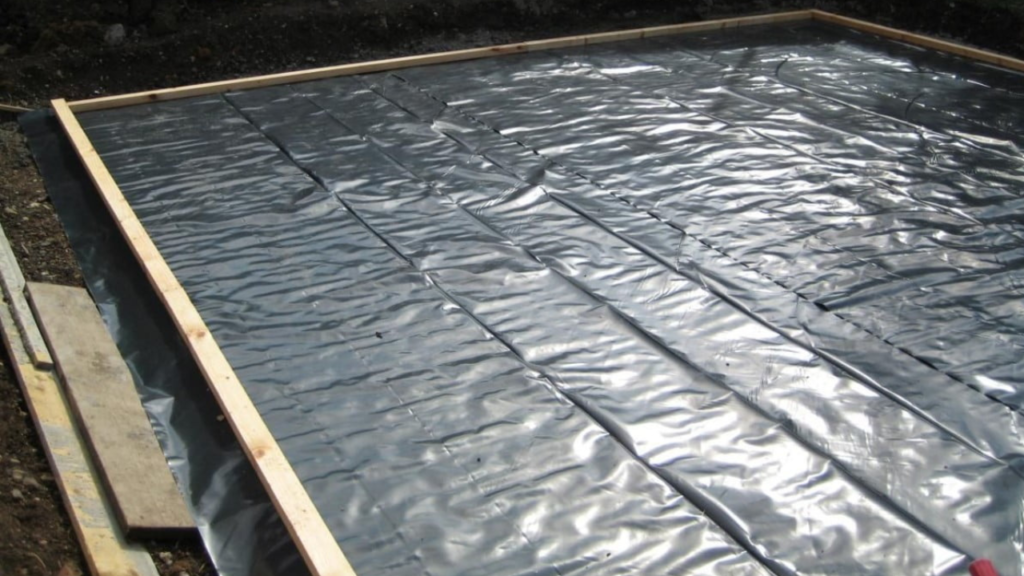
What Is DPC (Damp Proof Course)?
The DPC is a barrier (usually installed at the base of walls) designed to prevent moisture from rising from the ground into the building.
It’s often made of bituminous material, plastic sheets, or a special chemical coating applied horizontally between the foundation and the wall.
A poorly treated DPC can lead to:
- Rising damp
- Mold growth
- Wall cracks and paint peeling
- Structural weakening
See also – what is dpm meaning in construction and its purpose
Damp Proofing vs. Waterproofing: What’s the Difference?
1. Damp Proofing
- A treatment used to resist the slow passage of moisture through walls or floors.
- Prevents ground moisture or vapour from seeping upward.
- Commonly done with bitumen coatings, plastic membranes, or damp-proof paints.
- Less expensive and easier to apply.
2. Waterproofing
- A more advanced solution that prevents both moisture and liquid water from penetrating a structure.
- Designed to resist water under pressure and ideal for waterlogged or flood-prone areas.
- Involves the use of membranes, sealants, cementitious coatings, or chemical additives.
- More expensive, but offers stronger, longer-lasting protection.
Damp Proofing vs. Waterproofing
Purpose:
- Damp Proofing prevents soil moisture from seeping into walls and floors.
- Waterproofing blocks both moisture and liquid water, offering complete protection against water infiltration.
Application:
- Damp Proofing is typically applied as a thin asphalt-based coating or membrane.
- Waterproofing involves thicker coatings, membranes, or sealants designed to withstand hydrostatic pressure.
Usage:
- Damp Proofing is suitable for areas with low water exposure, like crawl spaces.
- Waterproofing is essential in high water table areas or basements prone to flooding.
Cost:
- Damp Proofing is less expensive but offers limited protection.
- Waterproofing is pricier but ensures long-term durability.
See also – How do you solve foundation problems to avoid building collapse?
Which Is Better for Your DPC?
The answer depends on your site conditions, budget, and type of structure.
Choose Damp Proofing if:
- The area has low to moderate moisture in the soil.
- Your building is not in a flood-prone area.
- You’re working with a tight budget.
- The soil around the foundation drains well.
Choose Waterproofing if:
- Your site has high water table, heavy rainfall, or poor drainage.
- The foundation is deep or below groundwater level.
- You want maximum protection against water intrusion.
- It’s a commercial or multi-storey building that requires long-term durability.
Best Practice in Nigeria: Use Both When Possible
Many modern constructions in Nigeria combine damp proofing at the wall level and waterproofing at the foundation base.
This layered approach ensures:
- Better protection from both moisture and water.
- Longer building lifespan.
- Peace of mind during heavy rain or flooding.
For example:
- Apply waterproofing cement slurry on foundation walls and footings.
- Use bitumen-based DPC sheets or coatings horizontally at DPC level.
- Add drainage systems or soakaways to control water flow.
Conclusion
If you’re building in a dry or moderately moist area, damp proofing may be enough.
But if you’re building in a flood-prone, coastal, or swampy location, waterproofing is the better and safer choice.
Both options serve different purposes, and choosing the right one can save you from major repair costs in the future.
When in doubt, always consult a structural or civil engineer for site-specific recommendations.
Frequently asked questions
What is the main difference between damp proofing and waterproofing for DPC?
Damp proofing prevents moisture from seeping into walls and floors, while waterproofing blocks both moisture and liquid water, offering complete protection.
Which is better for DPC: damp proofing or waterproofing?
Waterproofing is better for areas prone to heavy water exposure, while damp proofing is suitable for low-moisture environments.
What materials are used for damp proofing in DPC?
Materials like bitumen sheets, asphalt coatings, or damp-proof membranes are commonly used.
What materials are used for waterproofing in DPC?
Waterproofing involves sealants, polyurethane membranes, or cementitious coatings designed to withstand hydrostatic pressure.



